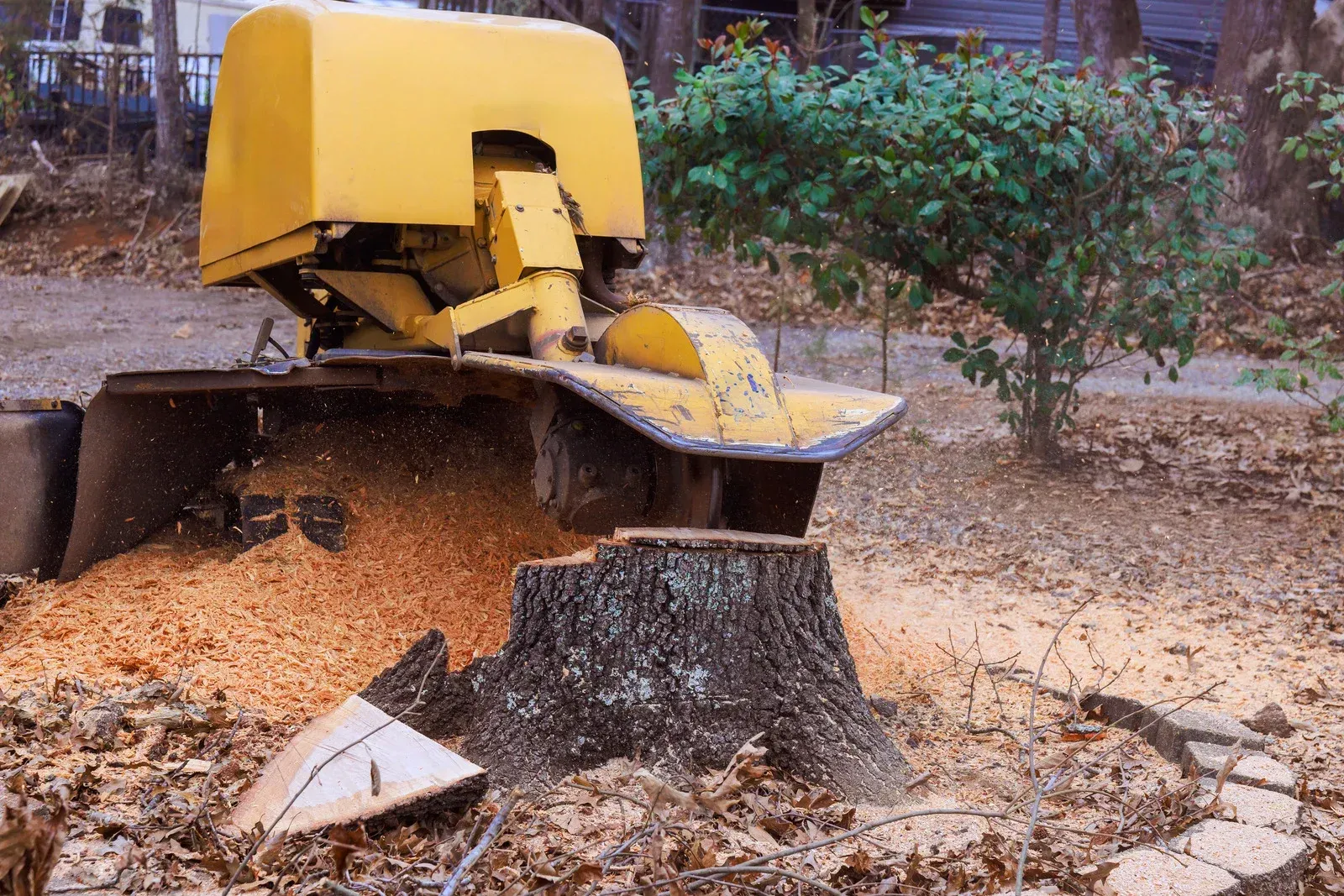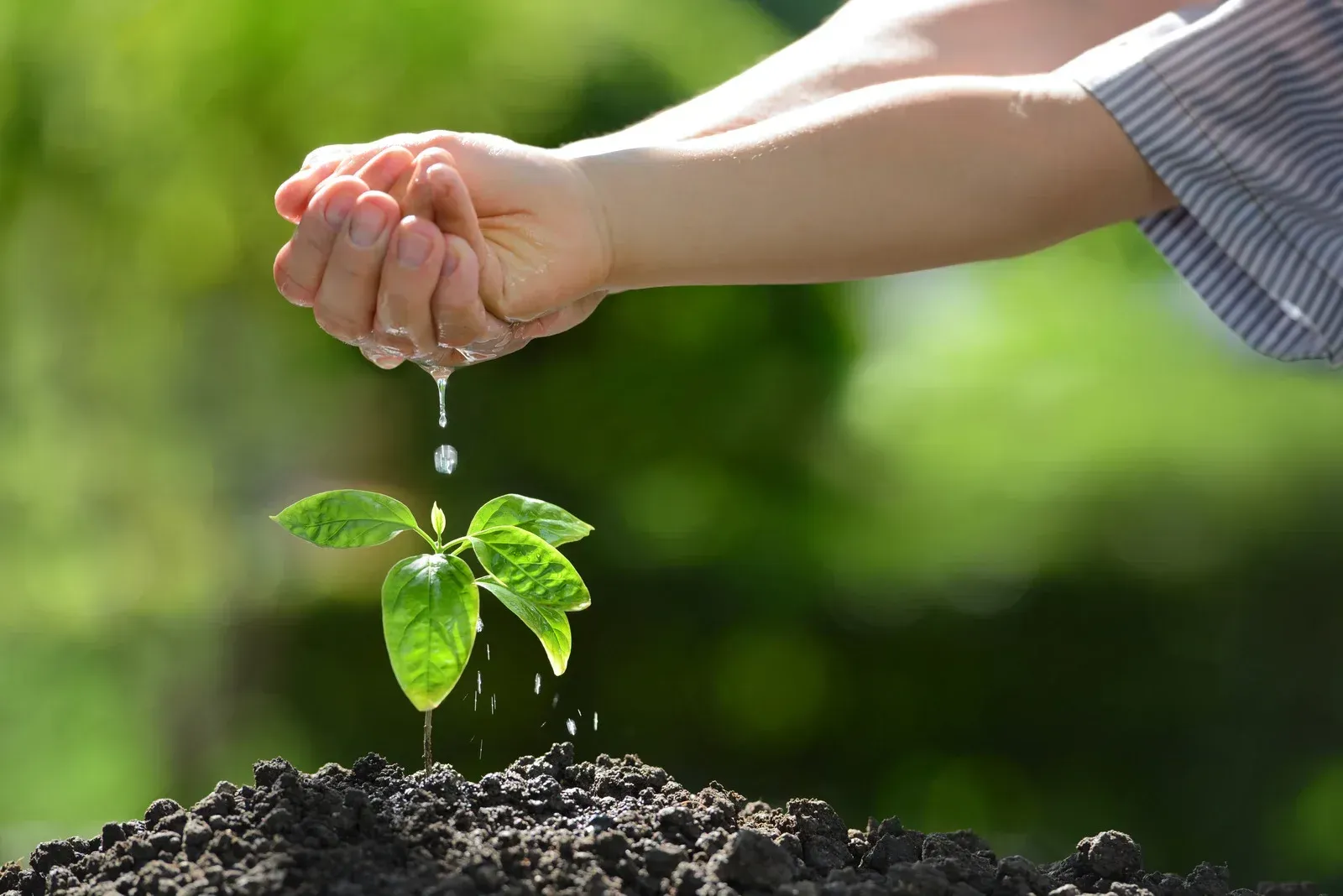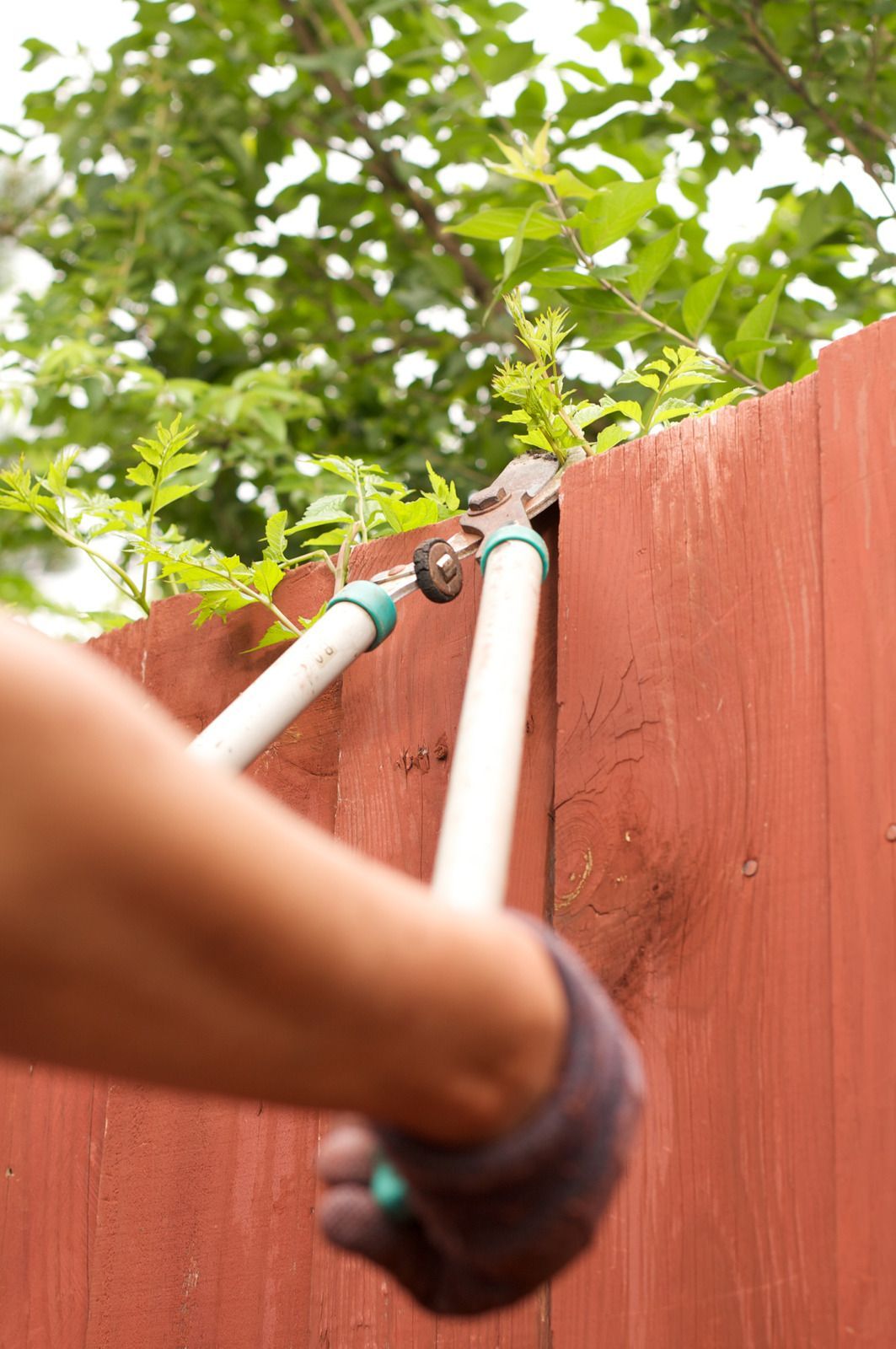Everything You Need To Know About Soil Stimulants
Have you ever wondered what goes into making the perfect pot of soil? Just like a good recipe, the perfect soil mix is created with various ingredients. And while some gardeners prefer to keep their mix a secret, we’re here to give you the dirt on dirt. This blog post will explore everything you need to know about soil stimulants. We will provide you with all the information you need to create healthy, thriving plants. So, whether you’re a beginner gardener or a seasoned pro, read on to learn more about soil stimulants and how they can benefit your plants.
Types Of Soil Stimulants
There are three types of soil stimulants: organic, inorganic, and biological.
Organic Soil: Organic soil stimulants are made from natural materials like plants or animals. They help improve the quality of the soil by adding essential nutrients and increasing its ability to hold water.
Inorganic Soil: Inorganic soil stimulants are made from synthetic materials like chemicals or minerals. They can help improve the texture of the soil and make it easier for plant roots to penetrate.
Biological Soil: Biological soil stimulants are made from living organisms like bacteria or fungi. They help improve the quality of the soil by breaking down organic matter and releasing essential nutrients into the soil.
How do Soil Stimulants help In Plant Growth?
Soil stimulants are materials that are added to the soil to improve plant growth. They provide nutrients that plants need and help improve drainage and aeration in the soil. Soil stimulants can be synthetic or natural and can be applied to the soil before planting or during the growing season.
Many different types of soil stimulants are available, and each has its own benefits. Synthetic soil stimulants are generally more expensive than natural ones but often provide better results. Natural soil stimulants are usually less expensive and more environmentally friendly, but they may not be as effective as synthetic ones.
Some common synthetic soil stimulants include fertilizers, pesticides, and herbicides. These materials can improve plant growth by providing nutrients or killing weeds and insects competing with plants for resources. However, these materials can also be harmful to the environment if they are not used properly.
Common natural soil stimulants include compost, manure, and lime. These materials add nutrients to the soil and help to improve its structure. They can also help increase the population of beneficial microbes in the soil, enhancing plant growth. However, these materials can also be harmful if not properly used.
When selecting a soil stimulator, it is essential to consider the type of plants that will be grown in the area. Different plants have different nutrient needs, so a fertilizer that is good for one kind of plant may not be ideal for another.
Benefits of Soil Stimulants
There are many benefits of soil stimulants that can help improve the quality of your soil and the health of your plants. Soil stimulants can increase the available nutrients in the soil, improve drainage, and encourage beneficial microbial activity. They can also help to break up compacted soils, making it easier for roots to penetrate and access essential nutrients. In addition, soil stimulants can help reduce water stress by promoting deeper root growth.
Conclusion
If you are looking for a way to improve your soil's quality and yield, soil stimulants may be worth considering. In this article, we have covered everything you need to know about these products, from how they work to the best ways to use them. We hope that armed with this information, you will be able to make an informed decision about whether or not
soil stimulants are right for your garden.



